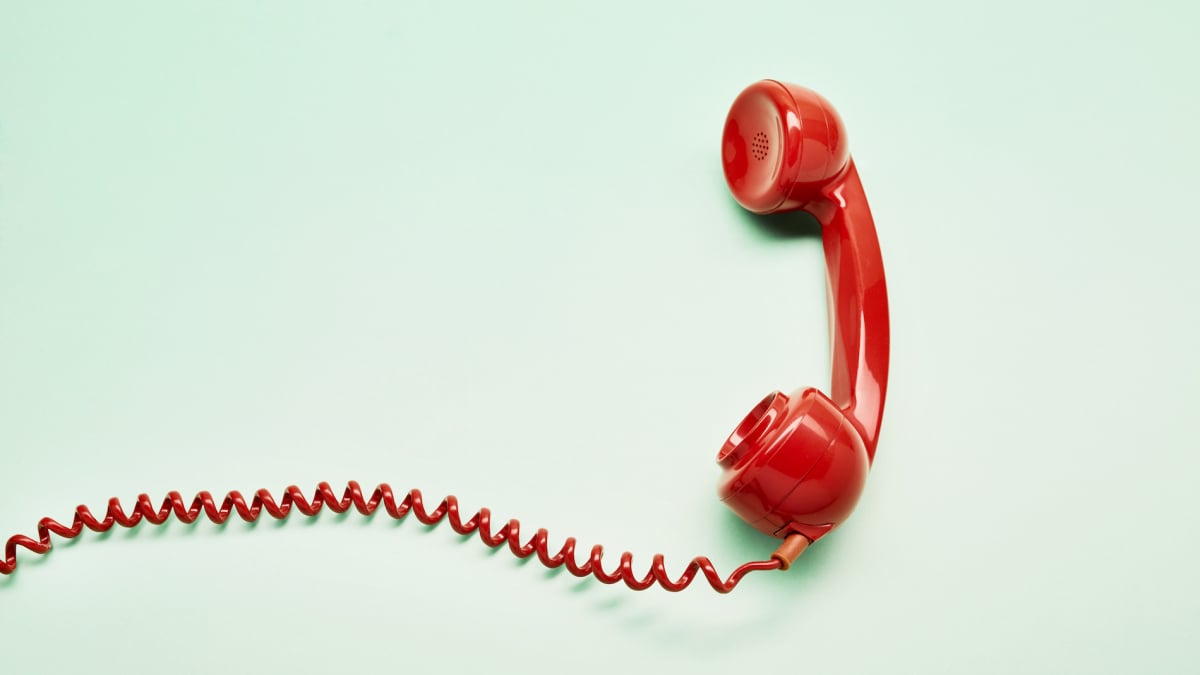Home / Technology / Millennials Rediscover the Landline: A Surprising Antidote to Smartphone Addiction
Millennials Rediscover the Landline: A Surprising Antidote to Smartphone Addiction
13 Nov
Summary
- Landline usage plummeted but is now seeing a resurgence among young people
- Creators design landline-inspired devices to help reduce screen time and "doomscrolling"
- Parents turn to landlines to limit children's smartphone use and model healthy tech habits

In the age of ubiquitous smartphones, the humble landline is making an unexpected comeback. Just 15 years ago, 62% of Americans considered the landline a necessity, but by the end of 2022, over 72% of adults and 82% of children lived in households without one. However, a growing number of young people are now rediscovering the landline as a surprising antidote to their smartphone obsessions.
Concerned about the impact of excessive screen time on their mental health, attention spans, and critical thinking, millennials and Gen Z are exploring ways to reduce their digital footprint. Some are turning to creative solutions like the "Physical Phone," a landline-inspired device that connects to smartphones to facilitate calls without the temptation of doomscrolling. Others are taking a more literal approach, attaching their phones to the wall to create a modern-day landline.
The trend extends to parents as well, with fathers like Chet Kittleston launching "Tin Can," a landline phone designed specifically for children. By controlling who their kids can call and setting do-not-disturb hours, these parents hope to model healthier relationships with technology.
While some experts caution against the oversimplification of the "landline good, smartphone bad" narrative, the nostalgia for analog forms of communication is undeniable. As young people grapple with the challenges of the digital age, the landline's comeback suggests a yearning for a simpler, more connected way of life.




